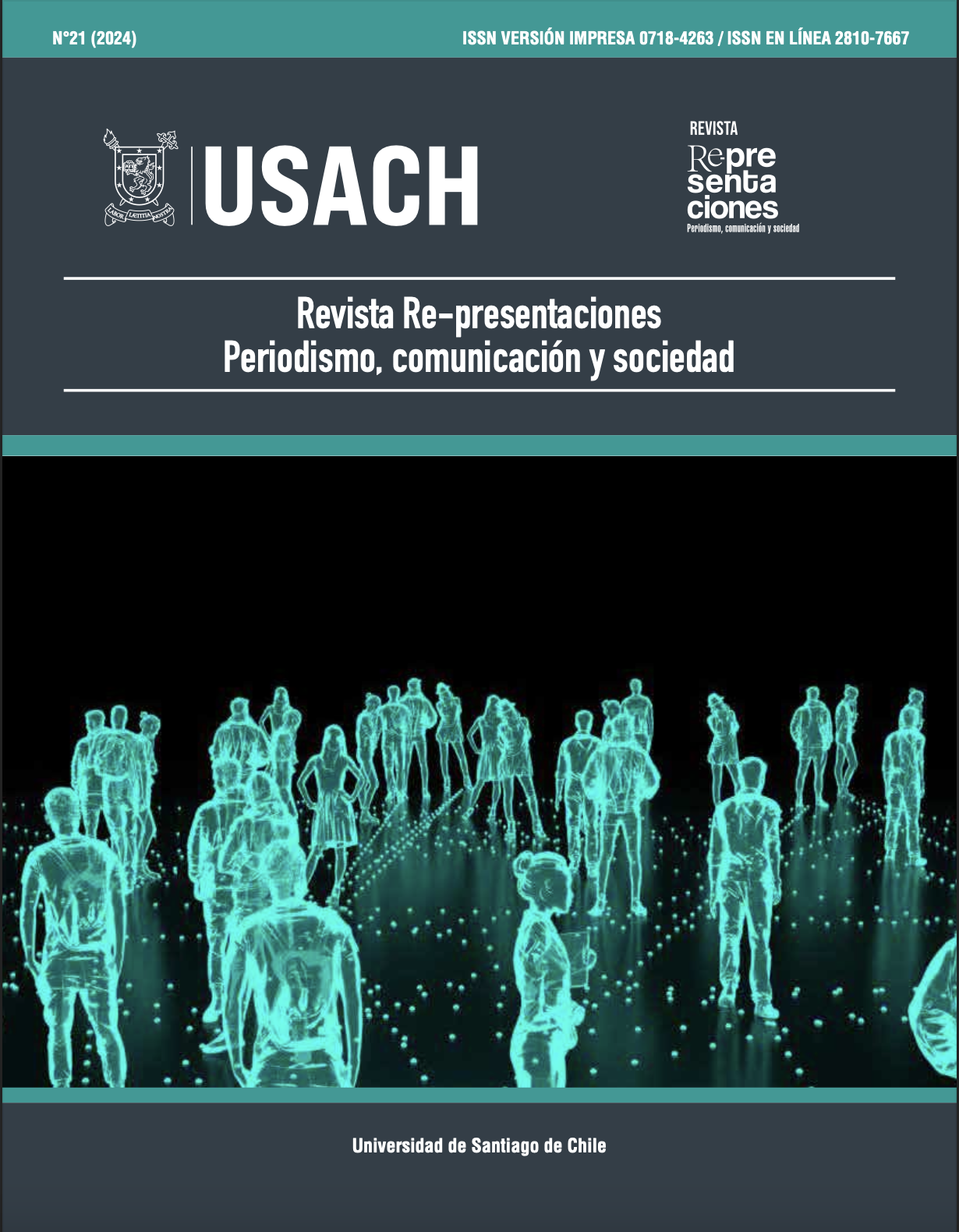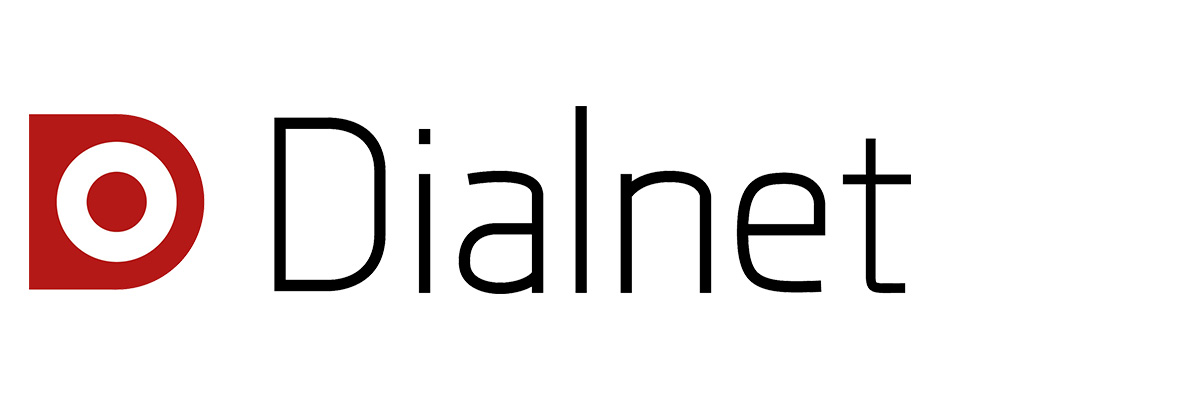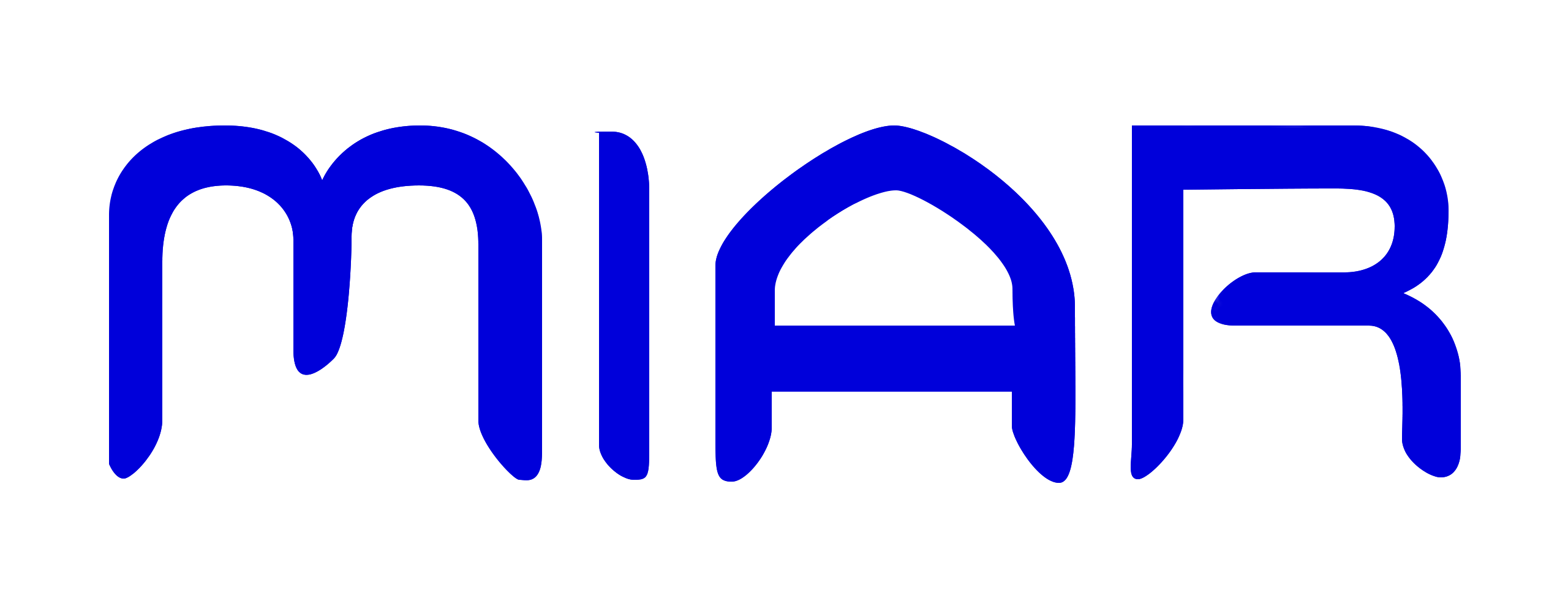Impact of telework an journalistic routines
DOI:
https://doi.org/10.35588/p753k780Keywords:
Covid-19, teleworking, journalistic routines, news, agenda-settingAbstract
Covid-19 brought with it numerous repercussions for people´ s lives, considering the way we communicate one of the most visible, establishing teleworking as the safest way to sustain an economy in crisis. From a theoretical point of view, the present reaserch is based on the concepts of newsmaking and agenda setting theory, in addition to the notion of gender linked to stereotype to analyze how the broadcast elaboration process changed during the pandemic in its initial stage. This affected the procedure of constructing news and accentuated gender gaps amoung journalists that are perpetuated until today. The present reaserch analyzes, through semi- estructured interviews, through 14 Chilean reporters, the impact of teleworking on the jornalistic routine.
Downloads
References
Aruguete, N (2017) Agenda setting y framing: un debate inconcluso. Más Poder Local. https://ri.conicet.gov.ar/bitstream/handle/11336/68048/CONICET_Digital_Nro.e93f54a9-9845-4db2-b18f-8a44327ec065_A.pdf?sequence=2
Awad. I., Domínguez, M., y Bulnes, A. (2013). Dirigentas de campamento y actividad mediática: más allá de Internet. Cuadernos. Info. Vol. (33) pp. 29-42. https://www.scielo.cl/pdf/cinfo/n33/art03.pdf
Barrios, A y Zambrano, W. (2014). Convergencia Digital: Nuevos perfiles profesionales del periodista. Anagramas. Vol. (13), Nº 26. pp. 221-240. http://www.scielo.org.co/pdf/angr/v13n26/v13n26a12.pdf
Benavides, J. (2017). El Newsmaking, un nuevo enfoque para el abordaje de las rutinas productivas de los cronistas freelances. Comhumanitas: revista científica de comunicación, Vol. (8) Nº 1, pp 28-41. https://comhumanitas.org/index.php/comhumanitas/article/view/123/pdf_1
Dodds, T. (2019) Reporting with WhatsApp: Mobile Chat Applications’ Impact on Journalistic Practices. Digital Journalism, Vol. (7) Nº 6, pp 725-745. https://www.tandfonline.com/doi/epdf/10.1080/21670811.2019.1592693?needAccess=true&role=button
García, R. (2014). Twitter y la teoría de la Agenda-Setting: mensajes de la opinión pública digital. Estudios sobre el mensaje periodístico, Vol(20) Nº 1, pp 249-265. https://core.ac.uk/download/pdf/38814938.pdf
González Galbadón, B (1999). Los estereotipos como factor de socialización en el género. Comunicar, Nº 12, pp 79-88. https://www.redalyc.org/pdf/158/15801212.pdf
Lecaros, M. J., & Greene, F. (2012). Editores chilenos y rutinas periodísticas: revisión y propuesta para un estudio sobre el cambio en la sala de redacción. Cuadernos info, Nº 30, pp. 53–60. https://repositorio.uc.cl/xmlui/bitstream/handle/11534/4428/000591606.pdf
McCombs, M. E., & Shaw, D. L. (1972). The Agenda-Setting Function of Mass Media. The Public Opinion Quarterly, Vol. (36) Nº 2, pp. 176–187. http://www.jstor.org/stable/2747787
Puente, S., Edwards, C., & Delpiano, M. O. (2014). Modelamiento de los aspectos intervinientes en el proceso de pauta periodística. Palabra clave, Vol. (17) Nº1, pp.188-210. https://www.redalyc.org/articulo.oa?id=64930044008
Ramírez, P. (1995). Rutinas periodísticas en los medios chilenos: una transición incompleta. Cuadernos. Info, Vol. (10), pp. 22–33. https://doi.org/10.7764/cdi.10.229
Retegui, L. (2017). La construcción de la noticia desde el lugar del emisor. Una revisión del newsmaking. Revista mexicana de opinión pública, Nº 23, pp.103-121. https://revistas.unam.mx/index.php/rmop/article/view/56354
Rovetto, F. L., & Figueroa, L. (2015). La cocina del trabajo periodístico. Desigualdades de género y distribución de poder en las redacciones informativas de la provincia de Santa Fe. Question/Cuestión, Vol. (1), N.º 48, pp. 494-509. http://sedici.unlp.edu.ar/bitstream/handle/10915/50922/Documento_completo.pdf?sequence=1
Rodrigo-Alsina, M. (1993). Las noticias. En La construcción de la noticia (pp. 144-147). (segunda edición). Editorial Paidós. https://www.academia.edu/4894974/53008037_Rodrigo_Alsina_Miquel_La_Construccion_de_la_Noticia_pdf
Scott, J. (2011). Género: ¿Todavía una categoría útil para el análisis? La Manzana De La Discordia, Vol. (6), N.º 1, pp. 95–111. https://manzanadiscordia.univalle.edu.co/index.php/la_manzana_de_la_discordia/article/view/1514/pdf
Soto, T., Vera, C., Díaz, R., Darville, P., & Fuenzalida, J. (2018). Teletrabajo en el Estado de Chile: Efectos y desafíos para su diseño e implementación. Centro de Sistemas Públicos. https://www.sistemaspublicos.cl/publicacion/teletrabajo-en-el-estado-de-chile-efectos-y-desafios-para-su-diseno-e-implementacion/.
Stange, H., & Salinas, C. (2009). Rutinas periodísticas. Discusión y trayectos teóricos sobre el concepto y su estudio en la prensa chilena. Colección Cuadernos ICEI Nº. 5, Universidad de Chile. https://www.researchgate.net/publication/333633385_Rutinas_periodisticas_Discusion_y_trayectos_teoricos_sobre_el_concepto_y_su_estudio_en_la_prensa_chilena
Tarrés, M. L. (2013). A propósito de la categoría género: leer a Joan Scott. Estudios Sociológicos, Vol. (31), N.º pp. 3-26. https://www.redalyc.org/articulo.oa?id=59830136001
Torres, C. (2020). Covid-19 en Chile: si todo cambió, ¿por qué la televisión no? Question/Cuestión. https://doi.org/10.24215/16696581e305
Downloads
Submitted
2024-10-02Published
Issue
Section
License
Copyright (c) 2024 Marisa Muñoz Montenegro

This work is licensed under a Creative Commons Attribution 4.0 International License.









